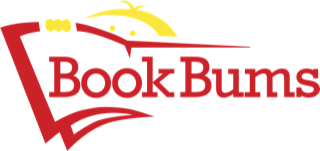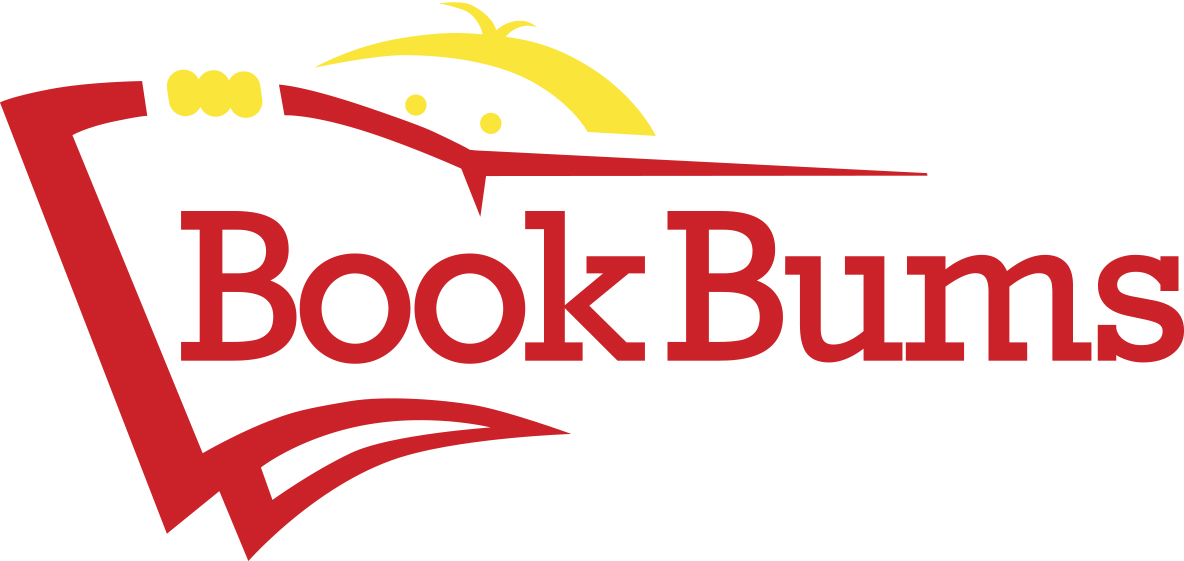
Hello Book Bums families!
We hope you have been enjoying the snowy weather. Extra days at home are a great time to read, craft, or sneak some fun learning into your child's day. This week in the newsletter we share ideas for all that and more. Read on for snowy poetry, grammar tips, groundhog facts, and even some math.
Word of the Week
hibernate (hi-ber-nayt) verb/action word - to spend the winter in an inactive, dormant state
Did you know that chipmunks, bears, and some bats, turtles, and snakes all hibernate during winter months?
Literary Calendar
• The first week in February is Children's Authors and Illustrators Week.
• You can take part by helping your child write a letter or email to their favorite author or illustrator.
• Encourage your child to write and illustrate their own picture book. If you take pictures of their work you can "publish" their story by making a photo book.
• Take a family vote on your favorite authors and illustrators. Email us at Book Bums to let us know the winners!
From our Bookshelves
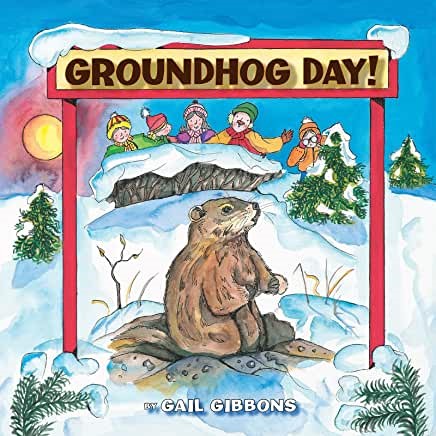
On Thursday, February 2nd, lots of folks with be watching to see if Punxsutawny Phil spots his shadow. This silly tradition actually began hundreds of years ago. In the book Groundhog Day! by Gail Gibbons, you can learn LOTS of truly interesting facts about groundhogs and this crazy celebration (that I used to feel was just on the calendar to give broadcasters something to talk about).
I learned that, long ago, Europeans watched to see when hibernating animals would wake up to predict the oncoming of warmer weather. Because groundhogs hibernate, and they’re handy in our neck of the woods, they became the focus here in the states.
These days, every February 2nd, a furry, twenty-inch rodent weighing between five and ten pounds, is taken out of its burrow to help us determine how much longer it’ll be until the weather turns. When the groundhog, always named Punxsutawny Phil (after his hometown in Pennsylvania), sees his shadow, he goes back into his den to enjoy six more weeks of sleep due to the expected cold weather. When there is no shadow, spring is expected to arrive early.
Did you know that groundhogs live in burrows that can be up to 6’ x 30’ and they feature multiple entrances? Their burrows are divided into designated areas for sleeping, food storage, nesting, eliminating, and hibernating. (Does all this talk about burrows make anyone else smile and think of Joe?)
Groundhogs are rodents and all rodents have continuously growing teeth. They’re also the stars of that tongue twister, “How much wood could a woodchuck chuck…” Yes. A woodchuck is a groundhog. Groundhogs have also been called whistle pigs because they make a sound that somewhat resembles a whistle. These guys don’t whistle at other cute groundhogs, though. Their whistles are typically a warning signal that a predator, such as a wolf, fox, hawk, or even a gardener (who considers these veggie-munching cuties as pests) is nearby.
Now you know!

Tips for Families
Want to get crafty? Let’s try following directions and using some math and scissor skills to make a groundhog!
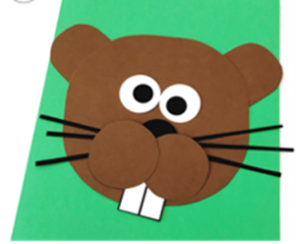
You will need:
• one piece of 9” x 12” brown construction paper
• one piece of 9” x 12” black construction paper
• one piece of 9” x 12” white construction paper
• one piece of 9” x 12” green construction paper
• scissors
• ruler
• glue
1. From one end of the brown paper, cut one 6” x 6” square. Trim the corners, gradually rounding them off until you have a circle. This is the groundhog’s head.
2. From the other end of the brown paper, cut two 3” x 3” squares. Trim the corners, gradually rounding them off until you have two circles. These will be the groundhog’s cheeks.
3. From another end of the brown paper, cut two 2” x 2” squares. Trim the corners, gradually rounding them off until you have two circles. These will be the groundhog’s ears
4. From the white paper, cut two 2” x 2” squares. Trim the corners, gradually rounding them off until you have two circles. These will be the groundhog’s eyes.
5. From the white paper, again, cut one 2”x 2” square. Cut it in half so you have two 2” x 1” rectangles. These will be the groundhog’s teeth.
6. From the black paper, cut one 3” x 3” square. Cut six skinny slivers, from one edge of the square to the other end of that edge. These will be the groundhog’s whiskers.
7. From the leftover black square part, cut two small circles and a triangle. These will be the groundhog’s 1) nose and 2) pupils, one for each eye.
8. Use glue to assemble the groundhog on the green construction paper, using the pieces in the order given, above.
You could even talk about area. I always say, “When I say area, you say squaria.” It helped my students to remember that when measuring the area, we’re counting the square units that fill up the inside of the space, which is different from perimeter, where we’re adding up the lengths of the outside edges.
Tips for Readers and Writers
Tips for Teaching Readers and Writers
We’ve been encouraging you to think about incorporating more writing into your days. There are many benefits, as we’ve discussed. One way to improve our writing is simply noticing what good writers do in their books.
As we work with kids at Book Bums, we strive to notice with kids when authors use:
1. Alliteration- a sound is used repeatedly at the beginning of words to add interest
2. Foreshadowing- a hint of something exciting or foreboding (She couldn’t shake the feeling . . .)
3. Hyperbole- extreme exaggeration to add emphasis (older than dirt)
4. Idiom- words that, together, mean something very different from their literal meanings
5. Metaphor- direct comparison (She’s an angel.)
6. Onomatopoeia- sound words
7. Personification- giving traits of people to inanimate objects
8. Point of View- first, second, third—can change within a story (I, you, s/he)
9. Pun- jokes exploiting homophones (A pirate’s least favorite vegetable is a leek.)
10. Repetition- repeating a word or a line within the story
11. Simile- comparison using like or as (You’re as cute as a button.)
These words often appear within the MAP assessment, as early as in second grade, so it will be a good investment of your time for multiple reasons.
When we notice authors’ craft moves, we might be more inclined to try them ourselves.
As you read to your kids, be sure you’re reading books they could not read independently. Choose great books—not always just what your kids pick. And when you spot some magic that the author crafted, notice it together with your kids. They’re not too young!
Can you spot the craft move in this sentence?
Simply noticing those fat, frosty snowflakes as they fall from the sky makes this a beautiful day.
How about this one?
The snowflakes tickled my cheeks and whispered a wintery hello.
Last one . . .
As we traveled down the snow-covered hill, I felt as nervous as a long-tailed cat in a room filled with rockers!
Pause for Poetry
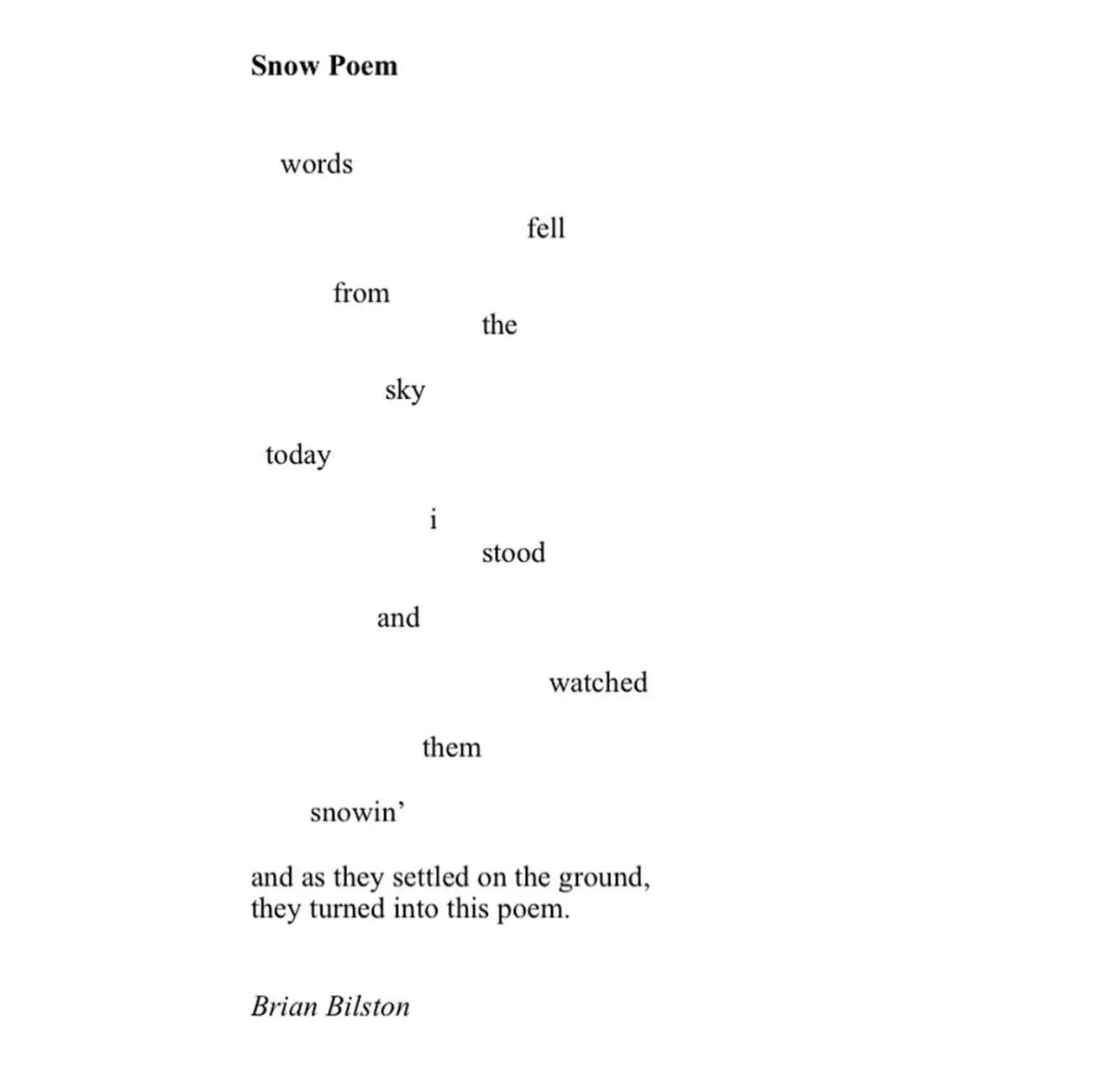
Practical Grammar
We know we capitalize proper nouns—the names of people, places, and things.
We capitalize the names of the months of the year, and the days of the week. Do we capitalize the names of the seasons? Winter? Spring? Summer? Fall?
Well, we do capitalize them when they’re the first word in the sentence (I was being tricky, with those sentences above), BUT we do not capitalize the names of seasons. They are considered general nouns.
Groundhog Day is about the halfway point between winter and spring.
Just for fun

If you know someone who would benefit from our newsletter or tutoring at Book Bums, please share this email with them! Thank you.
Copyright © 2024 Book Bums, All rights reserved
Our mailing address is:
7967 Cincinnati-Dayton Road Suite L
West Chester, OH 45069
